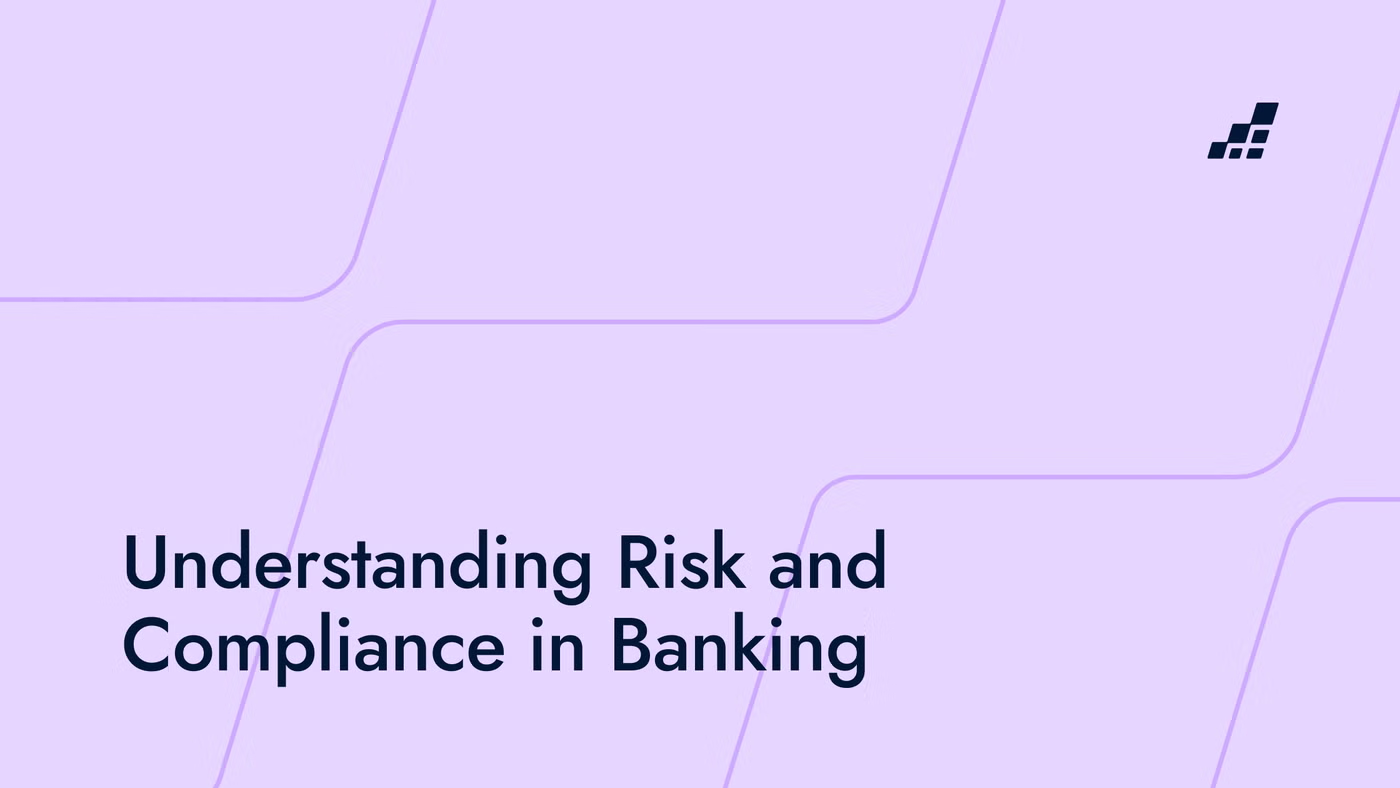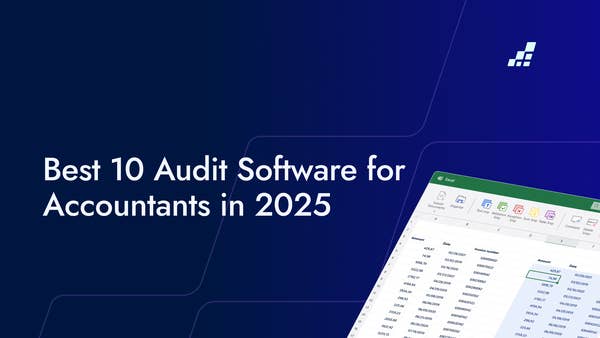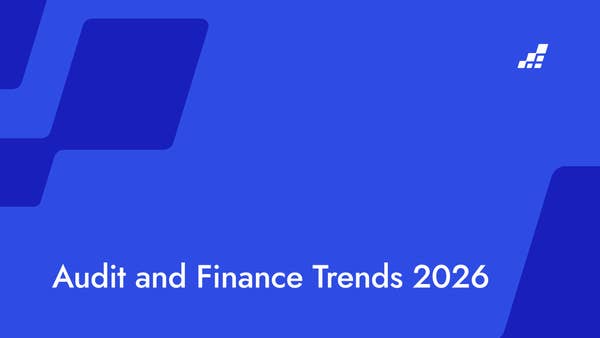- /
- Blog
Understanding Risk Compliance Banking

Compliance isn’t just about ticking boxes—it's a vital cog in building trust, safeguarding reputation, and ensuring stability. Compliance risk is one of the biggest challenges banks face, with stakes that extend beyond just financial penalties.
This article breaks down what compliance risk means, the types banks encounter, the best ways to manage it, and how technology is reshaping the landscape.
What is Compliance Risk in Banking?
Compliance risk in banking is the potential for trouble—whether that’s fines, legal issues, or even damage to the bank’s reputation—because of not following rules, regulations, or even the bank’s own policies.
As regulations grow more complex, banks have to keep up across areas like anti-money laundering (AML), know your customer (KYC) requirements, data privacy, and beyond. It’s a moving target, which makes compliance an ongoing, challenging part of risk management.
Types of Compliance Risks in Banks
Banks face multiple types of compliance risks, each requiring its own approach to management. Here are some key ones:
- Regulatory Compliance Risk: This is the risk of not meeting regulations set by government agencies or industry standards like those from the Federal Reserve, European Central Bank, or Basel III. Failing here can lead to steep fines, sanctions, and serious reputational harm.
- Operational Compliance Risk: Operational compliance risk has to do with everyday processes—things like transaction monitoring, fraud prevention, and keeping to internal controls. A breakdown in these processes can lead to compliance failures.
- Financial Compliance Risk: This risk relates to financial reporting and accounting. Meeting standards, such as the Sarbanes-Oxley Act, ensures that a bank’s finances are transparent and above board.
- AML and KYC Compliance Risk: AML and KYC compliance is all about preventing banks from being used for illegal activities. Not meeting these standards can result in severe penalties.
- Data Privacy and Cybersecurity Compliance Risk: With more digital transactions than ever, customer data privacy is crucial. Regulations like GDPR require banks to handle and store data safely, while cybersecurity compliance ensures they’re protected against data breaches.
How to Manage Compliance Risk in Banks
Managing compliance risk isn’t something banks can afford to approach casually. It requires a proactive strategy that includes embedding compliance into everyday operations. Here’s how banks can make it work:
- Develop a Strong Compliance Culture: It starts from the top. Leaders set the tone, modeling ethical behavior and encouraging transparency. Employees at every level should see compliance as a core part of their roles and as essential to the bank’s success.
- Implement Robust Policies and Procedures: Clear, up-to-date policies for every area of compliance keep things consistent. Employees need well-defined guidelines on what’s expected of them, and these policies should be reviewed regularly to stay aligned with evolving regulations.
- Invest in Employee Training: Regular training keeps everyone on the same page, covering key areas like AML, cybersecurity, and data privacy. Effective training goes a long way toward making sure compliance is part of daily operations.
- Conduct Regular Compliance Audits: Routine audits assess the bank’s compliance practices objectively. Internal and external audits reveal potential gaps, helping banks correct issues before they escalate.
- Establish a Dedicated Compliance Team: Having a team focused on compliance is critical. They keep an eye on regulatory changes, ensure the bank is in step with them, and help integrate compliance efforts across departments.
How Technology Can Help Banks Manage Risk and Compliance
Technology is transforming compliance in banking, making it faster, more efficient, and more reliable. Here are a few ways tech is changing the game:
- Automating Compliance Processes: Automated systems handle repetitive tasks like transaction monitoring and data collection, reducing human error and freeing up teams to tackle bigger issues.
- Using AI and Machine Learning for Fraud Detection: AI and machine learning are powerful for identifying suspicious activity patterns. The more data these systems analyze, the better they get at pinpointing potential compliance breaches.
- Real-Time Monitoring and Reporting: Technology now allows banks to track transactions in real-time, so they can address potential issues as they happen, rather than after the fact.
- Data Analytics for Risk Assessment: Data analytics helps banks identify trends and high-risk areas, making it easier to predict potential issues and take action early.
- Blockchain for Transparency: Blockchain’s secure, unchangeable ledger offers a clear record of transactions, making compliance processes simpler and more transparent.
Closing Thoughts
Managing risk and compliance in banking is no easy task—it’s complex, and the stakes are high. But with the right approach and the latest tech, banks can build strong compliance frameworks that keep them secure, resilient, and trustworthy.
As regulations evolve, banks that embrace innovative compliance solutions will be in the best position to stay ahead and thrive in this ever-demanding environment.


.png?width=600&quality=70&format=auto&crop=16%3A9)